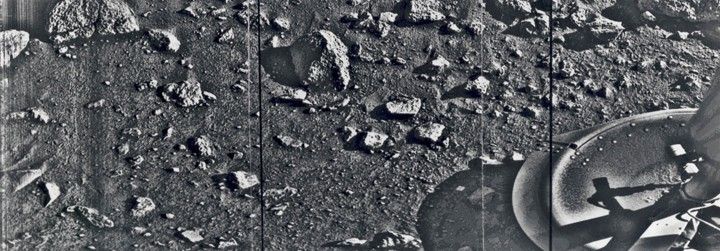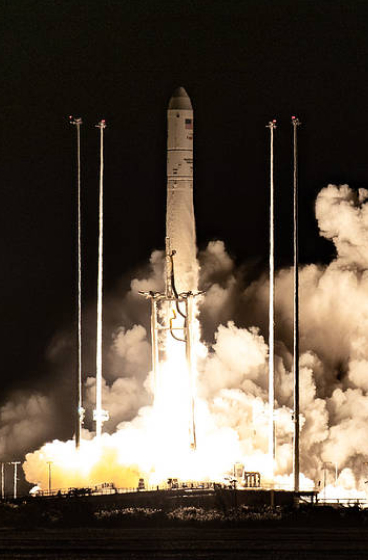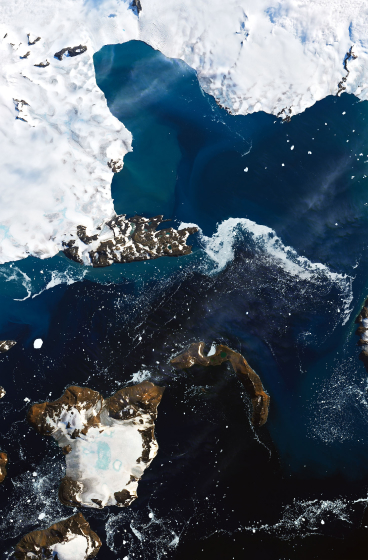Previous Generations of Radioisotope Thermoelectric Generators (RTGs)
Systems for Nuclear Auxiliary Power (SNAP-19B) RTG
Power source for Nimbus III meteorological satellite. SNAP stands for "Systems for Nuclear Auxiliary Power."
- Output 28.2 Watts electric (or We) at beginning of mission
- NASA's first application of radioisotope power systems
- Nimbus B-1 launch on 18 May 1968
- Launch vehicle failure forced destruction by range safety officer
- Spacecraft and upper stage sank in Santa Barbara Channel
- RTGs recovered and fuel reused for Nimbus III
SNAP-19 RTG
Power source for Viking 1 & 2 Mars landers, Pioneer 10 & 11 spacecraft.
- Output 40.3 Watts electric (Pioneer) and 42.6 Watts electric (Viking) at beginning of mission
- Modified version of SNAP-19B
- Pioneer 10 & 11 design lifetime was 5 years; spacecraft continued to communicate with Earth for 30 and 22 years respectively.
- Viking 1 & 2 operational requirement was 90 days; landers operated for six and four years respectively.
SNAP-27 RTG
Power source for Apollo Lunar Surface Experiment Package (ALSEP). Deployed on Apollo missions 12, 14, 15, 16 and 17.
- Output 70 Watts electric at beginning of mission
- Two-year design lifetime. All deployed units operated five to eight years until ALSEP stations were shut down.
Multi-Hundred Watt (MHW) RTG
Power source for Voyager 1 & 2 spacecraft.
- Output 158 Watts electric at beginning of mission
- RTGs still operating over 40 years later at edge of solar system
General Purpose Heat Source (GPHS) RTG
Power source for Galileo, Cassini, Ulysses & New Horizons spacecraft.
- Output 292 Watts electric at beginning of mission
- A total of 18 general purpose heat source (GPHS) modules are stacked together to provide the heat source for each GPHS RTG.
- New Horizons RTG is still operating and enabled an extended mission deeper into the Kuiper Belt beyond Pluto.
- Galileo operated for nearly 14 years, while Ulysses and Cassini functioned for nearly 19 years in space.


































